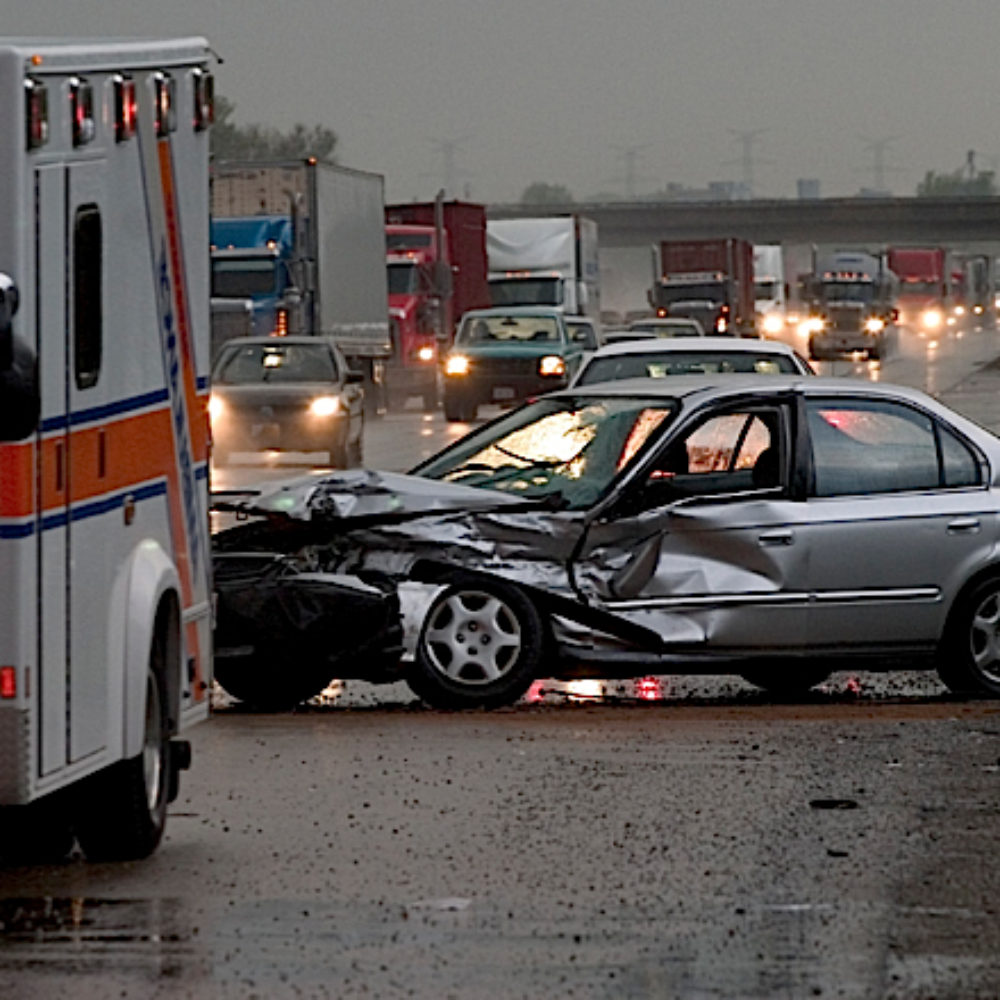Nighttime Car Accident Risks For Teens May Be Reduced With Stronger Restrictions: Study

Nearly 60% of teen deaths stemming from car accidents may be avoided if nighttime driving restrictions and passenger limitations were implemented nationwide for first-year drivers, according to researchers.
In the United States, motor vehicle crashes have become the leading cause of death among teens and young adults, ahead of all other types of injury, disease or violence. According to the National Highway Traffic Safety Administration (NHTSA), an estimated 99,000 teenagers between the ages of 15 and 18 years are injured every year in car crashes, while nearly 2,000 young drivers are involved in fatal vehicle collisions, with many experts contributing the crashes to distracted or risky driving behaviors.
In a working paper published earlier this year by the National Bureau of Economic Research (NBER)m Timothy J. Moore of the Department of Economics and Todd Morris of the Max Planck Institute for Social Law and Social Policy examined the effects teen driver restrictions implemented in New South Wales, Australia in July 2007, which prohibited first-year drivers under 21 years of age from having multiple passengers and from driving between the night time hours of 11:00 p.m. and 4:59 a.m.

Did You Know?
Millions of Philips CPAP Machines Recalled
Philips DreamStation, CPAP and BiPAP machines sold in recent years may pose a risk of cancer, lung damage and other injuries.
Learn MoreAccording to the results, the passenger and night time driving restrictions resulted a 58% reduction in hospitalizations and fatalities, with 41 fewer hospitalizations, 98 fewer minor injuries and 164 fewer crashes with property damage per 100,000 first-year drivers.
Moore states first-year drivers operating a vehicle at night are associated with a significant risk of injuries and fatalities. That risk tapers off by the second and third year, with virtually no difference in crash rates after three years’ of driving experience.
The New South Wales ban does not impede the development of driving skills. Rather, it prohibits the opportunity for unexperienced drivers to partake in riskier behaviors, such as speeding and driving under the influence, according to the study.
At 16, adolescents are still growing and their cognitive development is not complete until their 20’s, according to researchers. This jeopardizes their reaction time and poses an increased crash risk in spur-of-the-moment situations, which can make driving even more dangerous when there are visual impairments while driving at night time, or when passengers create distractions.
Past research has found teenage car crash fatalities are most common at night, with the Insurance Institute of for Highway Safety (IIHS) reporting that a majority of the speeding-related teenage crash fatalities happen at night between the hours of 11:00pm and 4:59am for drivers between 16 and 19 years-old. IIHS researchers report the fatality rate is drastically cut in half by almost 50% during day light hours and more common traffic times.
In 2016, the U.S. Centers for Disease Control (CDC) made several recommendations calling for further nighttime restrictions on teenage drivers after a study found drivers between the ages of 16 and 17 accounted for 31% of the fatal crashes occurring between 9 p.m. and 6 a.m.
The Governors Highway Safety Association (GHSA) released a report earlier this year highlighting the significant role speeding plays in teen driver accidents and deaths, providing a series of recommendations for parents about how to mitigate risky driving behaviors among teens.
The GHSA encourages parents and guardians to always restrict the number of passengers allowed in the vehicle while a teenager is behind the wheel, as the association found the percentage of fatal crashes increased with each additional teen passenger in the vehicle.
As part of a federal effort to combat the consistent number of teenager driver fatalities, the NHTSA runs an annual National Teen Driver Safety Week encouraging parents or guardians to have conversations about safe driving with their teenage children, in an effort to prevent roughly 100,000 teenage auto accident injuries annually.
Get more articles like this sent directly to your inbox.
"*" indicates required fields




0 Comments